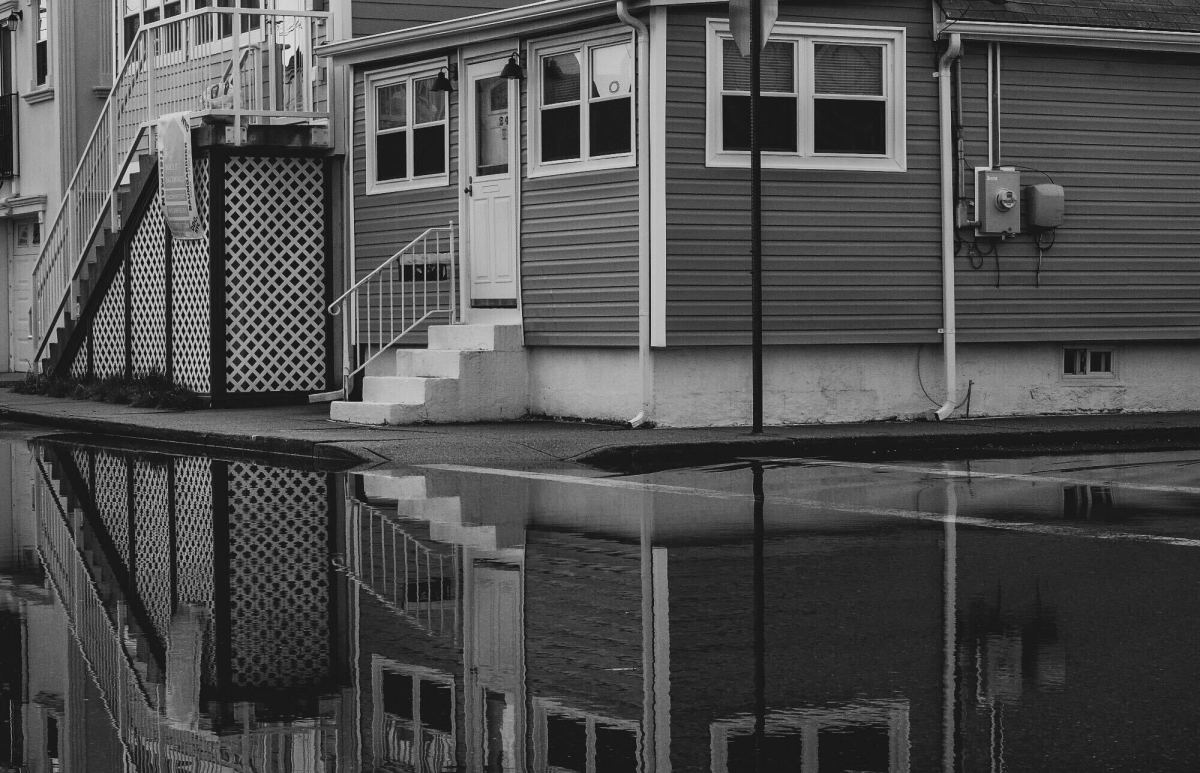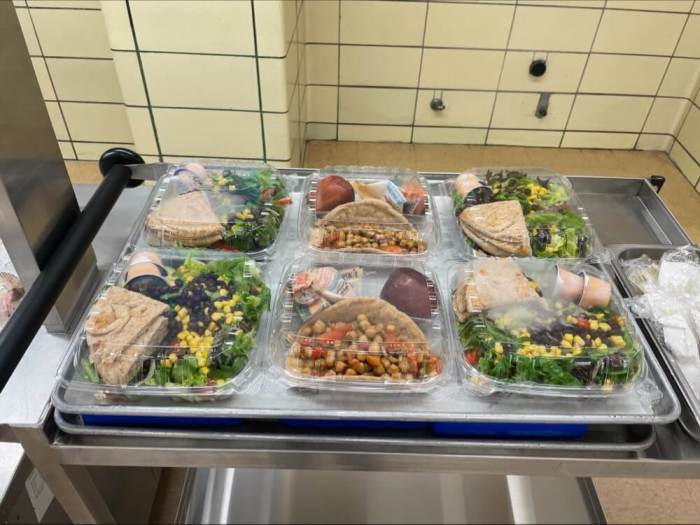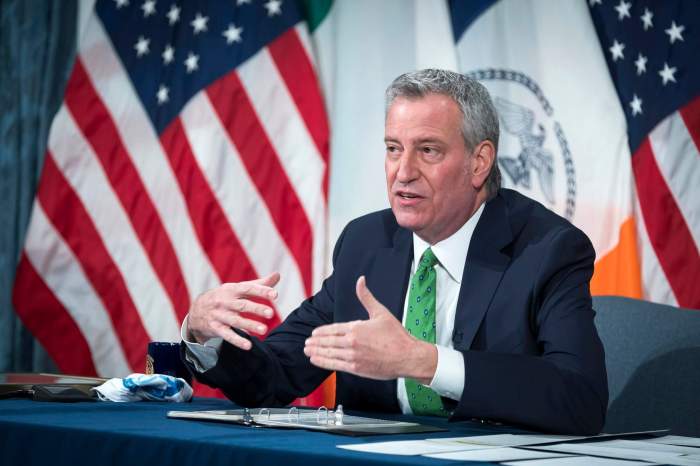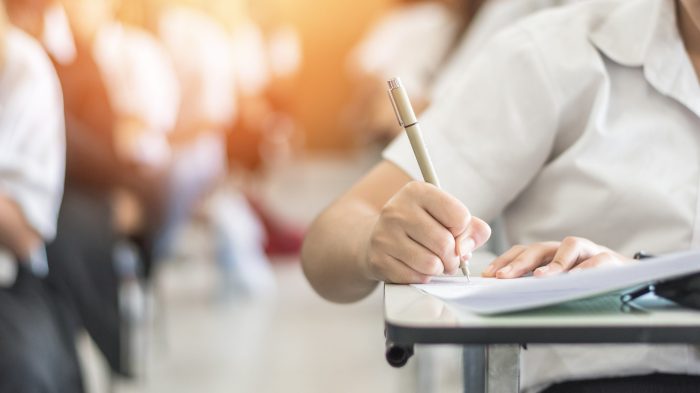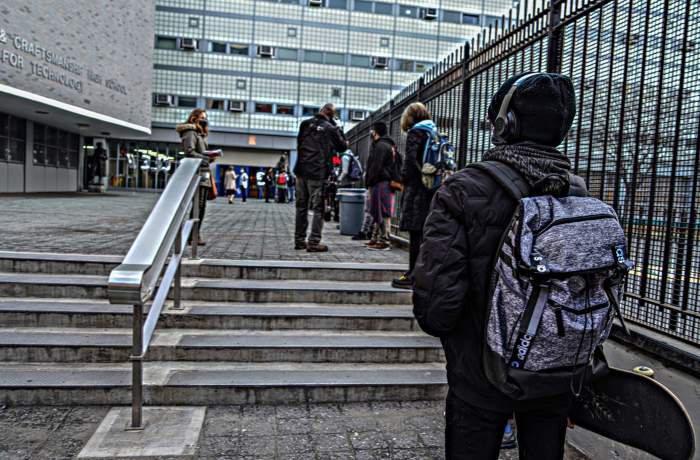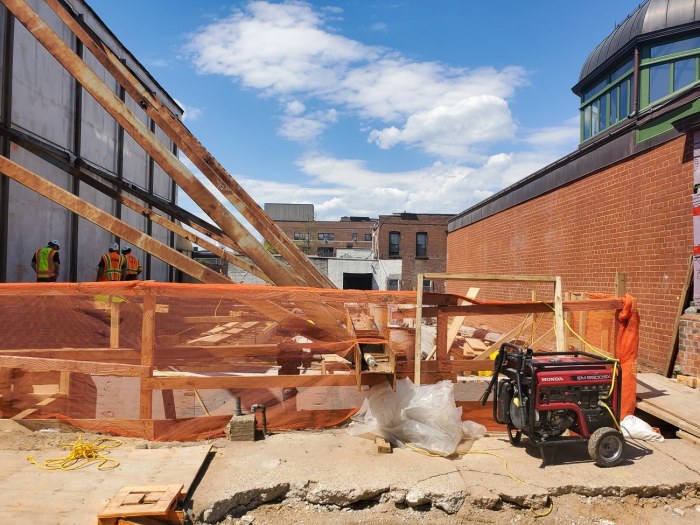If New York City public schools need to close to deal with flooding caused by heavy rainfall—like what over 200 schools across the five boroughs experienced last week after the remnants of Hurricane Ida hit the city—administrators would be allowed to transition to virtual instruction, a Department of Education spokesperson confirmed.
The department has previously said public schools which will be welcoming back all students in person this fall will be allowed to switch to virtual learning in the case of inclement weather like snowstorms. On Tuesday, a DOE spokesperson clarified that if rainfall causes a school closure students will take their classes remotely.
The clarification comes six days after Hurricane Ida drenched some parts of the city in seven inches of water triggering flash floods that burst through basement apartment doors, halted almost all subway travel, and resulted in the deaths of at least 13 people.
Homes, businesses, and schools—mostly located in Queens and Brooklyn—suffered serious damage because of Ida´s intense rainfall. According to the DOE, 234 public schools experienced flooding last Thursday due to Ida. Now, due to the work of school custodial staff, 225 of those schools are ready to welcome back students when classes start on Sept. 13.
Ida is the most recent example of how climate change can worsen the impact of weather events like hurricanes and has prompted some educators to call on the City to ramp up efforts to retrofit buildings to be better prepared to handle the negative effects of climate change into high gear.
This is at Erasmus Hall High School, right in the heart of Flatbush and District 40. Whether or not you realize it (and by now, I hope all of us have realized it), the climate crisis is directly and adversely impacting our lives. pic.twitter.com/4smLs4R8Be
— Rita Joseph #BlackLivesMatter (@RitaJosephNYC) September 2, 2021
As the remnants of Ida showered the city, Brooklyn public school teacher and candidate for New York City Council Rita Joseph tweeted a video of water gushing down two staircases inside of Erasmus Hall High School in Flatbush—rapidly flooding the hallways—with the caption “ whether or not you realize it (and by now, I hope all of us have realized it), the climate crisis is directly and adversely impacting our lives.¨
Liat Olenick, another Brooklyn public school teacher, told amNewYork Metro that when she walked into her school the day after the storm she found all the chairs and desks in first-floor classrooms had been moved to expose water damage on the floor. Boxes of classroom supplies that had been placed on the floor ahead of the new school year were destroyed and had to be thrown out, Olenick added.
¨Clearly school buildings are not ready for climate change and for this to happen in the school year, dealing with that on top of COVID is really going to be a nightmare,” said Olenick. ¨The reality of the climate crisis is that there are going to be constant disruptions.”
Olenick supports the idea of offering virtual instruction in case floods of this level happens again in schools but she is urging elected officials to go further in order to better address climate change like allocating funds in the City specifically to fund upgrading schools to be more reliant against climate change or working to pass Congressman Jamaal Bowman’s Green New Deal for schools.
But Olenick also wants school communities and the City at large to focus more on addressing the emotional trauma of climate change on students.
¨We really need to rethink schooling in general and what it means to be educating children in the midst of a disaster and how do we do it in a way that schools are more resilient building wise but in terms of how schools function and are able to be flexible and nurturing communities in the face of all this,” she said.



